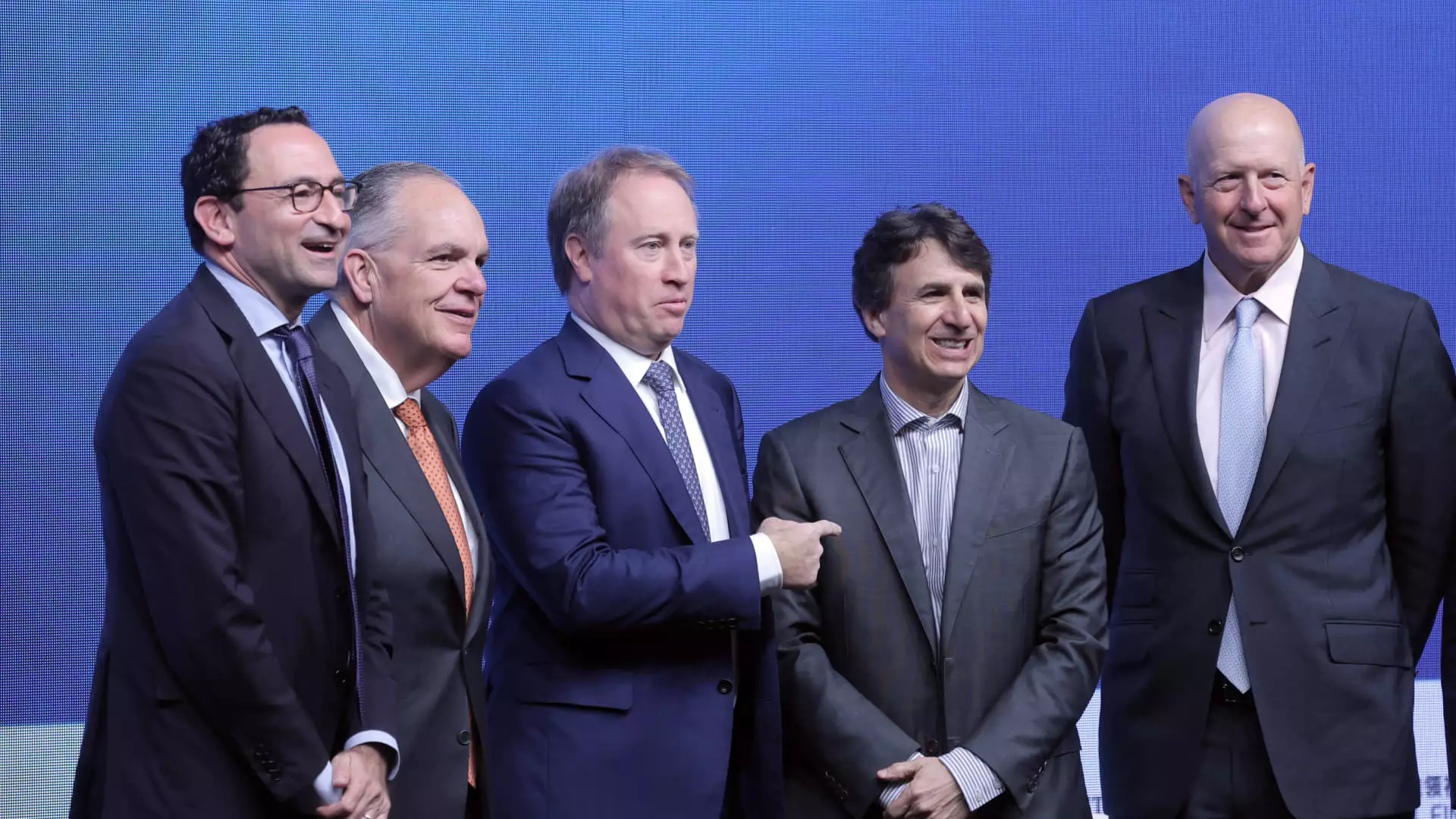The U.S. is witnessing an unprecedented surge in demand for capital, heralded by what industry leaders are dubbing an “industrial renaissance.” This term indicates not only a revival of traditional manufacturing but also the burgeoning sectors that are crucial for future economic stability and growth. At a recent Global Financial Leaders’ Investment Summit in Hong Kong, Marc Rowan, CEO of Apollo Global Management, highlighted the extraordinary demand for capital across various sectors, which is underlined by substantial government spending initiatives. This article will delve into the factors driving this demand, the sectors involved, and the implications for the broader economy.
Rowan pointed out that significant government expenditure, particularly in infrastructure, the semiconductor industry, and projects initiated under the Inflation Reduction Act, is fueling this capital appetite. As the U.S. government grapples with substantial deficits, the reaction from the private sector is crucial. Investment in new technologies, renewable energy, and modernized infrastructure not only reflects a response to current economic demands but also aims to fortify the future. The impactful legislation — notably the CHIPS and Science Act — is set to allocate billions to foster growth in these sectors, highlighting a strategic commitment to domestic manufacturing capabilities.
Rowan also noted that the U.S. has been the leading recipient of foreign direct investment (FDI) over the last three years and is poised to maintain this status. This influx of capital is indicative of global confidence in the U.S. economy and its capability to attract foreign businesses. As international investors seek safe, profitable opportunities, the U.S.’s industry-friendly policies create an inviting climate. The expectation is that this steady stream of FDI will further bolster the capital-raising environment, essential for sustaining industrial growth and technological advancement.
A focal point of the summit discussions was the identification of specific growth sectors that require enhanced capital investment. Energy, particularly renewable energy sources, and data centers — the backbone of artificial intelligence and digital infrastructure — were acknowledged as critical areas of investment. Jonathan Gray, President and COO of Blackstone, emphasized the importance of digital infrastructure, stating that the firm is actively directing billions into the development of data centers. As the world becomes increasingly digital, these sectors illustrate the transformative role of capital in shaping a modern economic landscape.
David Solomon, CEO of Goldman Sachs, provided context for today’s landscape by reflecting on the capital-raising activities of 2020 and 2021 during the COVID-19 pandemic. A drastic slowdown followed due to various global pressures, including the war in Ukraine and regulatory tightening by the Federal Trade Commission (FTC). However, as conditions stabilize, there is a renewed optimism in capital-raising efforts. The anticipation of a regulatory environment that favors deal-making, particularly with an incoming administration that aims to promote business growth, further bolsters this optimism.
Despite ongoing inflationary challenges, Ted Pick, CEO of Morgan Stanley, argued that both consumers and corporations are in a relatively strong position economically. This resilience bodes well for capital allocation businesses, which are now preparing for a new wave of fundraising activities. Increased capital activity is often a red flag of economic vitality, suggesting that mergers and acquisitions could gain momentum as firms navigate the post-pandemic recovery phase.
Looking forward, the summit participants expressed confidence in the expected trajectory of capital-raising and M&A activities. Solomon predicted that 2025 could witness a significant uptick in these areas, supported by favorable market conditions and revitalized investor sentiment. The insights from the Global Financial Leaders’ Investment Summit highlight a critical juncture for the U.S. economy, wherein strategic investment and robust regulatory frameworks may catalyze a new era of industrial growth.
The emerging theme of an industrial renaissance in the U.S. paints a promising picture for the capital landscape. As government policies support key sectors, and as foreign investment flows into the economy, the potential for innovation and growth through capital mobilization is high. Stakeholders across the financial and industrial spectrum must remain attuned to these developments, as the collective actions taken today will shape the economic environment for years to come. This era presents not just challenges but also significant opportunities for those navigating the evolving financial landscape.

